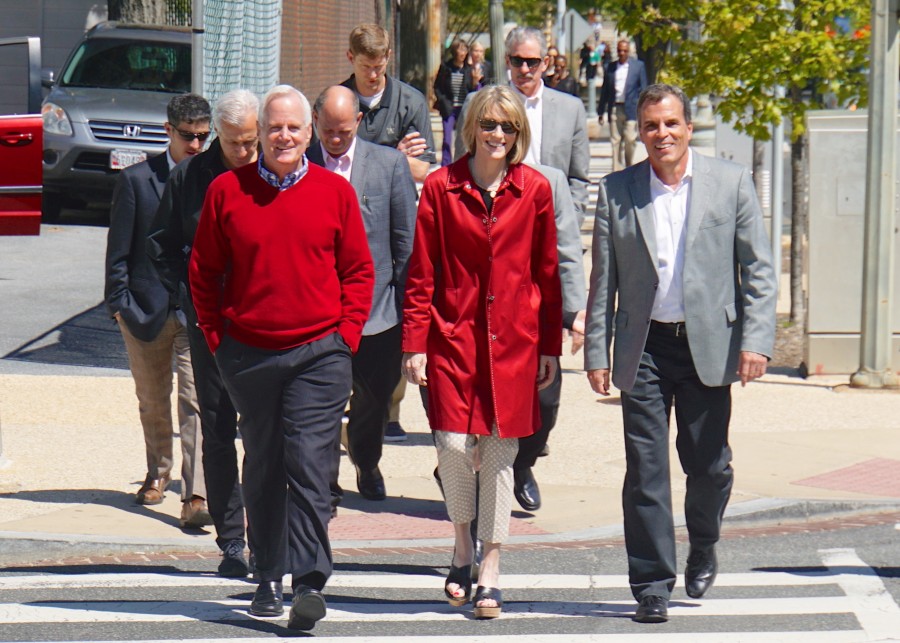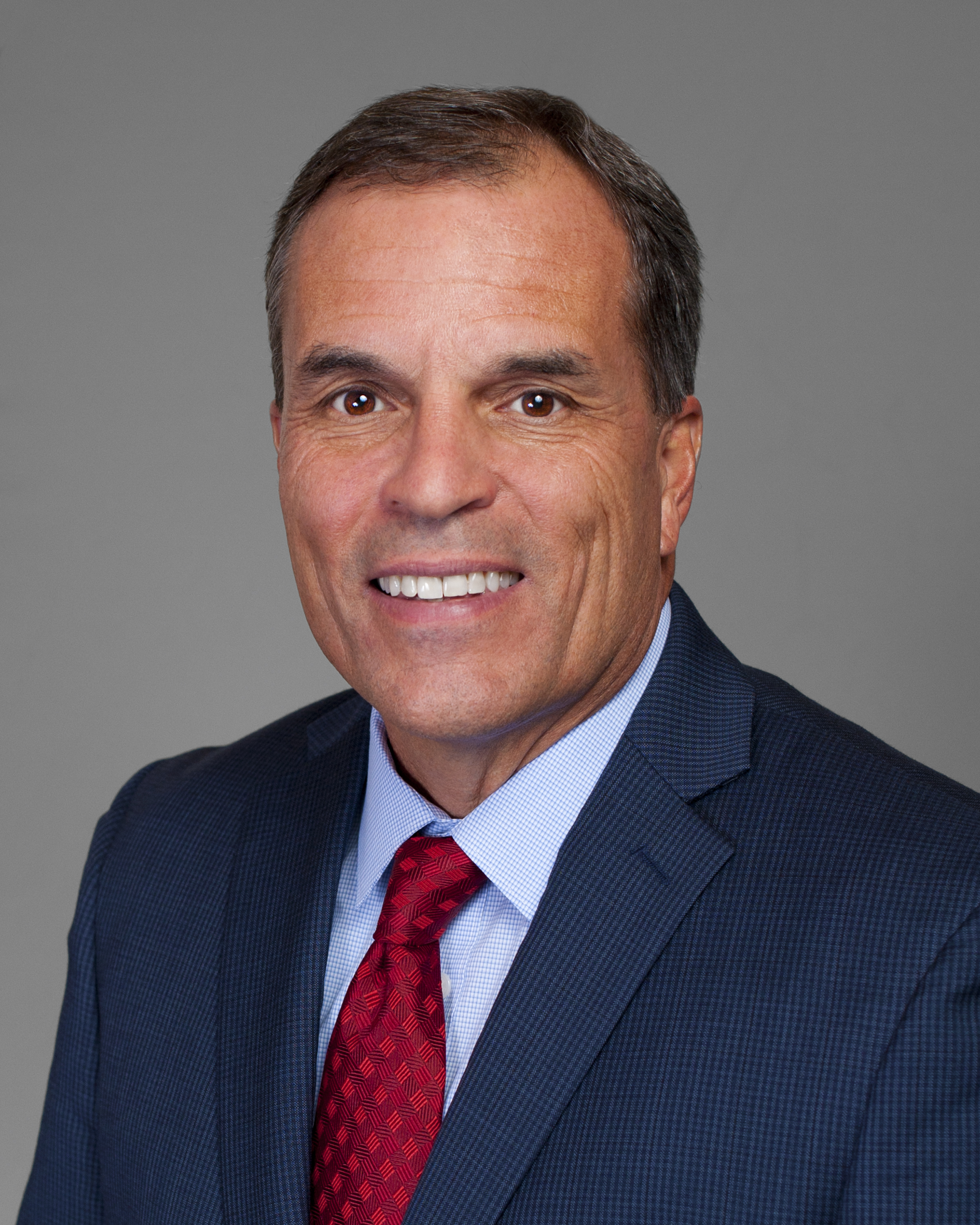In late April 2015, my travels took me back to Washington DC to chair a Roundtable on “Making Physical Activity Assessment and Prescription a Medical Standard of Care”. This was an exciting meeting that was jointly sponsored by the American College of Sport Medicine (ACSM) and Kaiser Permanente. It was held at the beautiful Kaiser Center for Total Health, located just a few blocks from our nation’s capital. The purpose of the Roundtable was to address key issues related to establishing physical activity assessment and prescription at every visit as a standard of medical care. This was accomplished by engaging a broad range of medical organizations to create a collaborative call to action that includes educating practicing clinicians, as well as integrating teaching on physical activity into medical school curricula. Participants in the Roundtable discussed these issues at length to identify gaps and propose solutions to close those gaps.
It is interesting to note the factors that determine our overall health. About 20% is due to our genetics, about 20% is due to our environment, and only about 10% is due to our access to heath car; while the remaining 50% is due to our behavior. And the three most important behaviors that correlate with health are how much you exercise, whether you smoke and the type of diet you eat. In healthcare today, it is a standard of care to ask every patient if they smoke and to weigh them and record their body mass index (BMI), yet it is not standard to ask them how much they exercise. This makes no sense, given the clear evidence that physical inactivity has become the major public health problem of our time. You simply cannot argue with the research proving the profound health benefits of an active and fit way of life. At the same time, those who are sedentary and unfit, very predictably suffer prematurely from chronic diseases and die at a younger age. For these reasons, every patient should be informed by their doctor about the health benefits of exercise and the recommendation that they engage in 150 minutes per week of moderate or greater exercise, like a brisk walk.

Roundtable participants pose outside the US Supreme Court Building. From left to right – Barry Franklin, Jim Puffer, Patrick McBride, Bob Sallis, Aaron Baggish, Wojtek Chodzko-Zajko, Jason Matuszak, Andrew Gregory and Liz Joy
The meeting was very successful and the ultimate product will be a White Paper addressing the gaps and solutions, which will be published in a major medical journal and serve as a call to action to change medical practice. One of my favorite aspects of the meeting was the scheduled time the group took to go for a walk each day. The weather in Washington was beautiful and it offered us a great opportunity to get out of our chairs and move the discussion outside while we walked. Walking meetings are becoming the new normal and I can attest that they are a great way to maintain the energy of the group and stimulate the flow of new ideas.
I hope this blog finds you well and walking every day. I also hope that walking will someday soon be the first line prescription that every physician gives to their patients.
Bob
Photo Caption:
Walking in Washington DC with Dr. Jim Puffer, Dr. Liz Joy and others













